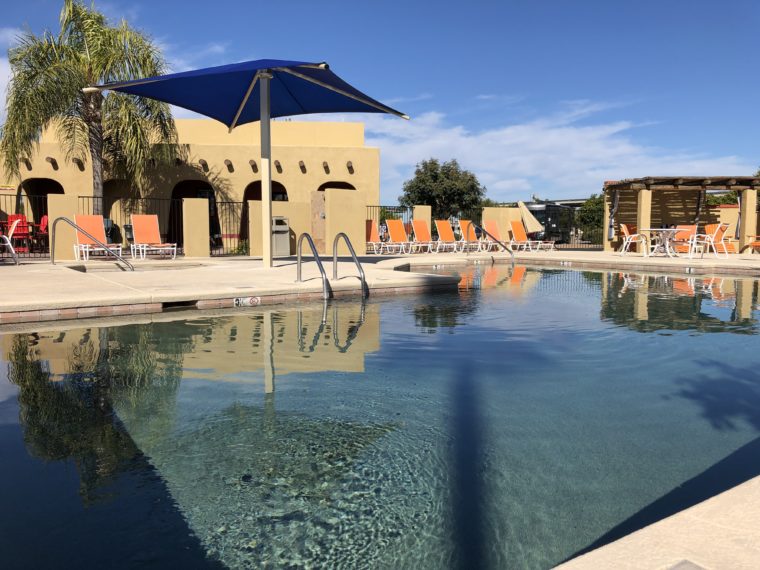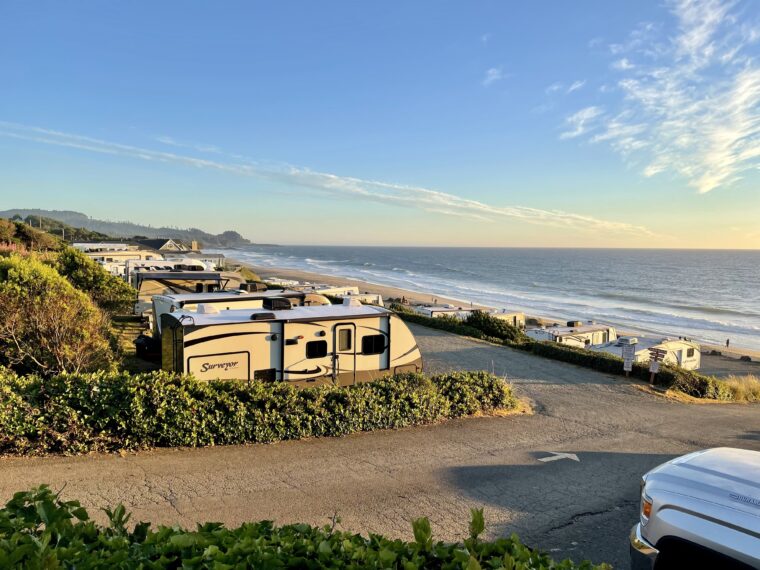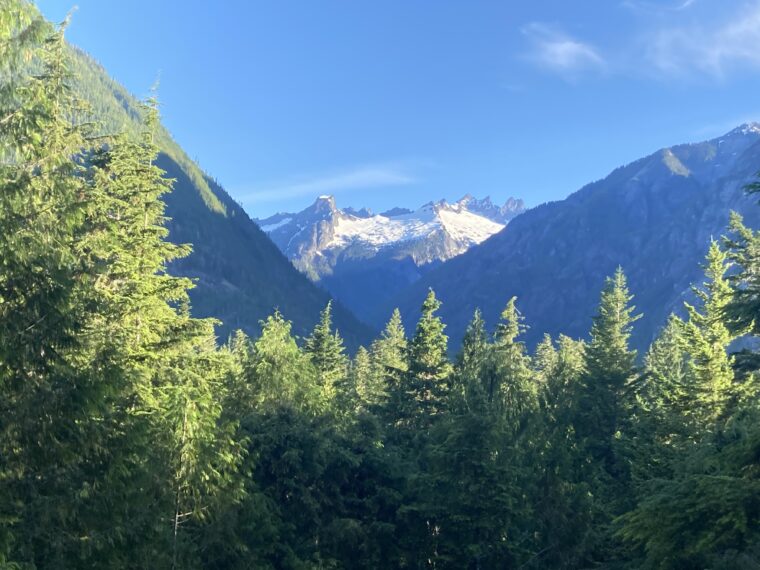Tribal parks are protected areas on tribal lands that are open to the public for recreational and educational experiences. They’re especially important for preserving Indigenous history and offering perspectives and narratives that aren’t always found at national parks and other public lands.
When visiting these historical preserves, the best way to show respect is to always stay within the designated visitor areas to help protect the natural landscapes and by practicing Leave No Trace ethics. Some parks even require visitors to be accompanied by a tribal guide while exploring the land.
Learn About Indigenous History at These National Park Service Sites
From hiking sun-beamed slot canyons to boating with alligators, here are a few tribal parks worthy of a road trip, and where you can camp nearby.
1. Monument Valley Navajo Tribal Park, Arizona and Utah
The mesas and pinnacles of Monument Valley are among the most photographed places in the U.S. They’re also part of a Navajo tribal park. Drive the 17-mile loop road for sweeping views of the Great Basin Desert and its 1,000-foot-high rock formations. Along the road you can also buy hand-crafted Dine’ (Navajo) jewelry, art, and souvenirs directly from the artisans who made them. Learn more about Dine’ culture in the visitor center, or by taking a guided Jeep tour. In the summer, you can also fill up at the Haskenneini Restaurant, which serves Navajo and American cuisine.
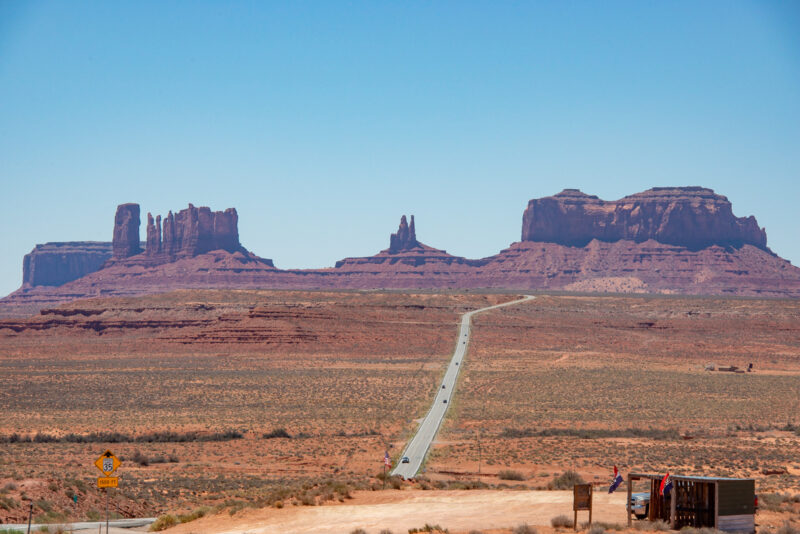
Where to Camp
The View, which is Navajo-owned and located within the park, offers cabins and a modern hotel—there’s also a campground with more than 100 sites for dry camping. Monument Valley is dog friendly, but The View isn’t. Guests can enjoy an on-site restaurant, and stop by the Trading Post for contemporary and traditional American Indian Art.
For high-clearance rigs with four-wheel-drive capabilities, the Muley Point dispersed campground is a great option located in the nearby Glen Canyon Canyon National Recreation Area. What this campsite lacks in amenities, it makes up for with spectacular views and a quiet camping environment—there are plenty of other RV parks and campgrounds in this area, too.
Dispersed camping for larger rigs can be found in Mexican Hat, Utah, about an hour northeast of the tribal park. Check out Valley of the Gods dispersed camping, Goosenecks State Park, and Mexican Hat dispersed camping.
2. Lake Powell Navajo Tribal Park, Arizona
Lake Powell Tribal Park is another Navajo Nation property best known for its frequently photographed slot canyons. Take a Navajo-guided tour through the sculpted sandstone walls of Upper Antelope Canyon, or Tse’bighanilini, which means “the place where water runs through rocks; or Lower Antelope Canyon, or Hasdez twazi’, which translates to “the spiral role arches.” Navajo guides can also take you to Rainbow Bridge National Monument. The 275-foot rock arch is one of the world’s largest known natural bridges.
Permits are required for backcountry hiking and camping, and must be obtained before your visit. You should also reserve your guided tour well in advance as these experiences book quickly.
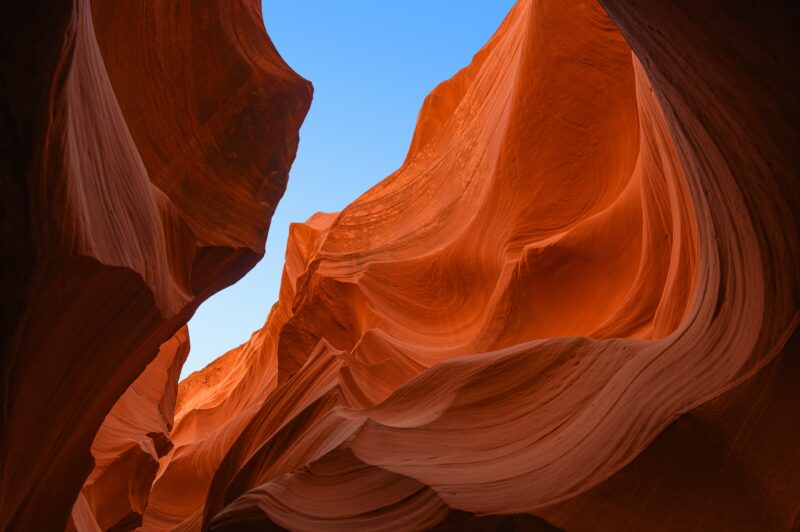
Where to Camp
There are several campgrounds around the nearby town of Page, Arizona, and ample dispersed camping along Lake Powell and the Colorado River. But a great place to start is the Navajo-managed Arrowhead Campground, which is also the home of Mystical Antelope Canyon Tours. Stay in your tent or in one of their tipis.
Another interesting stay is glamping at the Shash Dine’ Eco Retreat. The Navajo-owned ranch offers canvas tents, covered sheepherder wagons, hogans (traditional Navajo dwellings), and a cabin; plus the chance to hang out with Navajo-Churro, sheep, goats, and horses.
Recommended RV campsites:
3. Frog Bay Tribal National Park, Wisconsin
The first Tribal National Park, Frog Bay was created in 2012 to protect the watershed and natural resources of the lands of the Red Cliff Band of Lake Superior Chippewa, and to celebrate their spiritual and cultural connection with water and Lake Superior. Most of the park is open to the public, including a 1.7-mile interpretive trail and other hikes. Visitors can enjoy the park’s boreal forest, coastal wetlands, and sandy beach along the shores of Lake Superior.
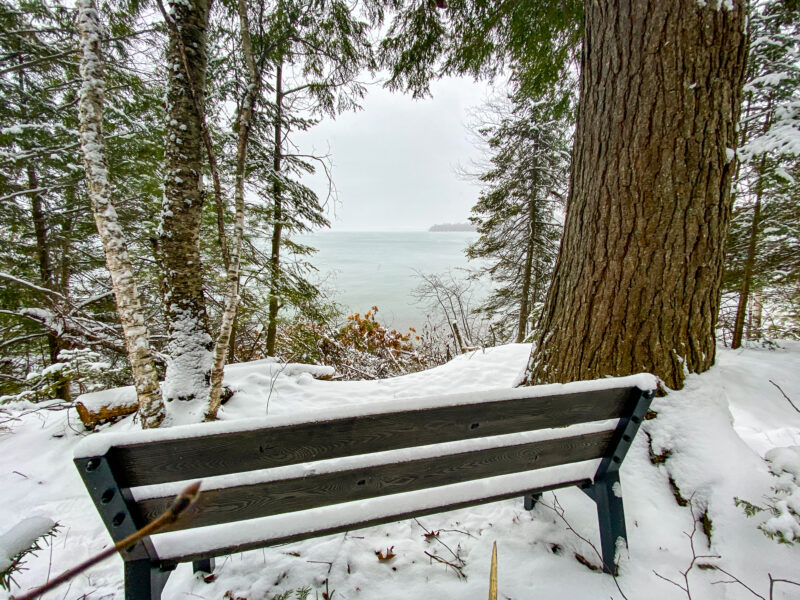
Where to Camp
There’s no camping in the park, but there’s seasonal camping nearby, ranging from primitive sites to resort-style. The Point Detour Wilderness Campground is 5 miles north of the park, with tent sites in the woods and views of the Apostle Islands. It’s first come, first served, and you pay at the nearby Legendary Waters Resort Hotel and Casino, where you’ll also find the Buffalo Bay Campground. This park has electric and water hookups for RVs, eight tent sites, a hot tub, a pool, and a casino. These campgrounds are both dog friendly, as is the tribal park.
4. Ute Mountain Ute Tribal Park, Colorado
In Southwestern Colorado, the Ute Mountain Ute Tribal Park offers visitors views of cliff dwellings, petroglyphs, and pictographs—as does nearby Mesa Verde National Park. While you must be accompanied by a Ute guide when touring the tribal lands, there are multiple tour options you can take at both the tribal park and national park. The tribal park is also a good starting point to visit other places, like Four Corners Monument and Canyon of the Ancients National Monument. Dogs aren’t allowed in the tribal park, but they’re allowed in certain areas within the national park.

Where to Camp
There’s a primitive campground about 15 miles into the tribal park, situated along the Mancos River and surrounded by trees. It doesn’t have running water, but there are pit toilets, water tanks for drinking and washing, fire pits, and firewood. Make sure to get a permit prior to camping by visiting the office or calling (970) 565-9653. There are also rustic cabin rentals, but you must bring your own supplies—including a cot or other sleeping surface. Down the road, the visitor center has restrooms with running water, which are open during business hours.
There’s also dispersed camping on BLM land at Cannonball Mesa and Cliff Camp for rigs with high clearance and four-wheel drive. For larger RVs, the Bright Star Campground offers more spacious sites and hookups. This campground area is just outside of Mesa Verde National Park.
5. Big Cypress Reservation, Florida
There’s plenty to do and see between the Big Cypress Reservation and nearby Big Cypress National Preserve and Everglades National Park. The reservation is one of six owned by the Seminole Tribe of Florida. You can also visit the acclaimed Ah-Tah-Thi-Ki Museum, which is a great place to learn about the history and culture of the Seminole people. Further into the wilderness, Seminole-managed Billie Swamp Safari takes visitors on swamp buggy and airboat rides, plus offers Seminole folklore sessions and animal demonstrations with alligators and other interesting creatures.
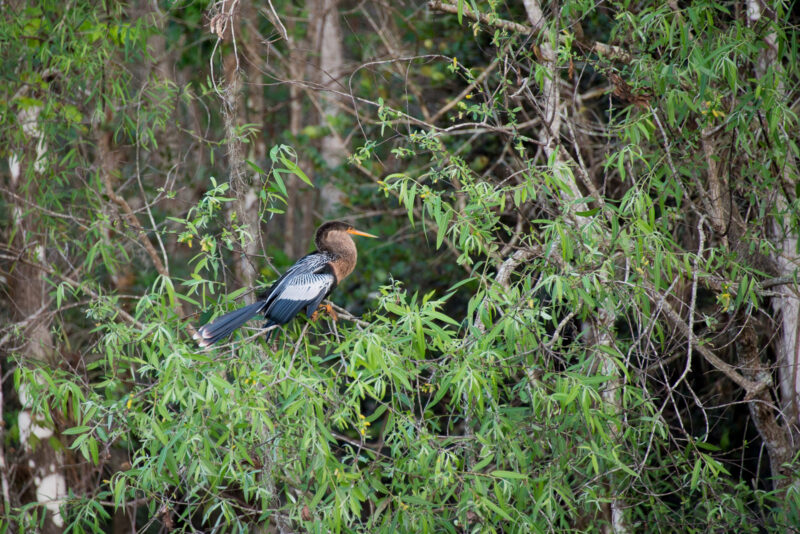
Where to Camp
Big Cypress RV Resort & Campground is a full-service resort owned and operated by the Seminole Tribe. It has paved RV pads, full hookups, a heated pool, a general store, a clubhouse, grills, mini golf, basketball and bocce ball courts, an outdoor billiards table, and authentic chickee huts. It also has air-conditioned cabin rentals and is dog friendly. Reservations are required.
6. Ioway Tribal National Park, Kansas and Nebraska (coming in 2025)
When it opens to the public in 2025, Ioway Tribal National Park will be the largest tribal national park in the U.S. It’s on the Ioway Reservation, overlooking the Missouri River. Two of the main goals of the park are to preserve the Iowa Tribe of Kansas and Nebraska’s cultural traditions and connection to the landscape, as well as to protect critical habitats and ecosystems. Other highlights of the park include the Rulo Bluffs Preserve, hiking, camping, bird-watching, and the Leary Site, which includes 3,000-year-old burial mounds.
Where to Camp
When the park opens, look to camp at Big Lake State Park in Missouri or Stanton Lake Park in Nebraska, which are both public RV parks located less than a 30-minute drive from the reservation.












